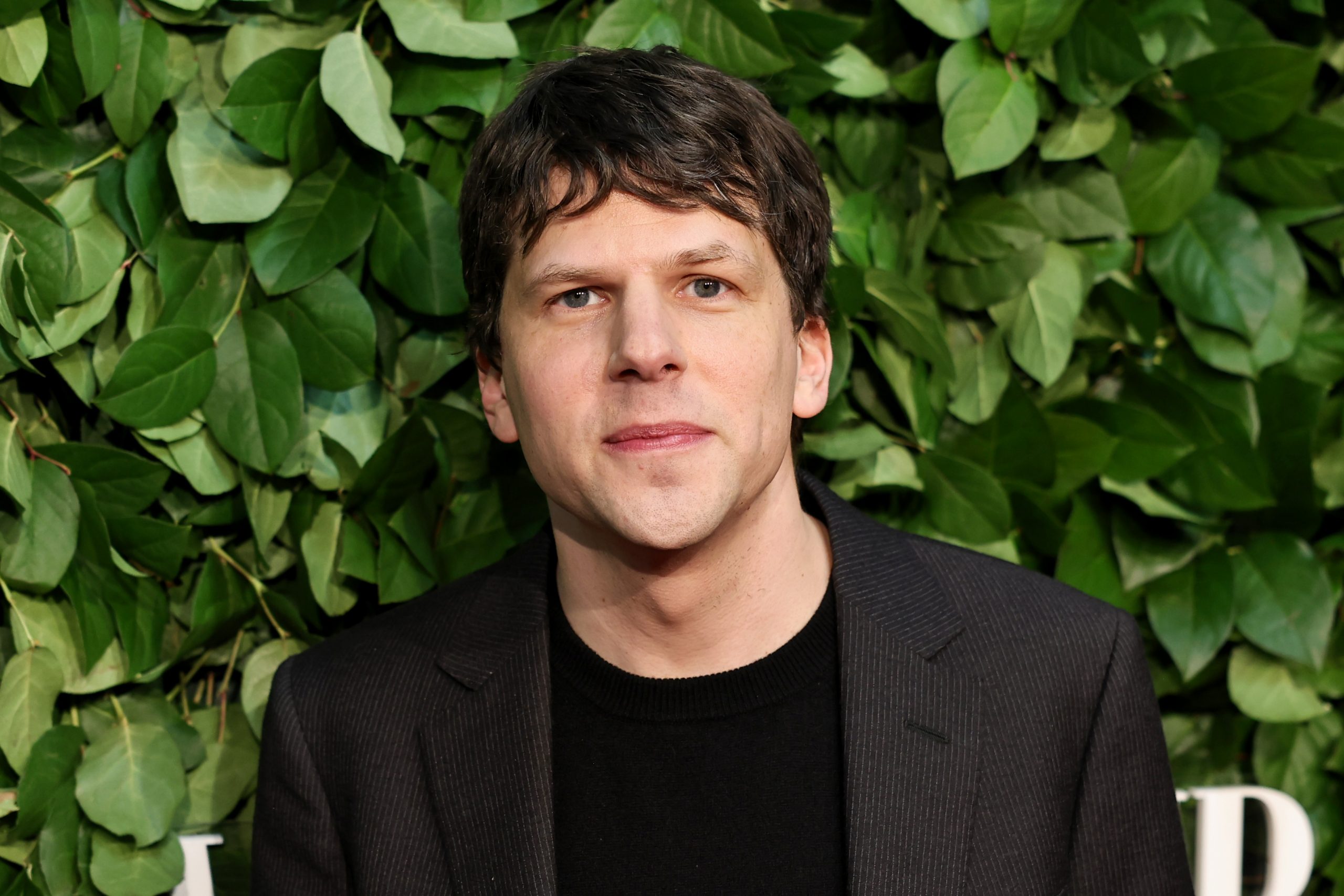In Terramar, Sitges, where it all started four years ago, Cupra revealed its exciting vision to 2025 a few months ago, projecting its future with three new electrified heroes for the new era: Terramar, Tavascan and UrbanRebel. In addition to electric this future will also be more sustainable, especially regarding the design of the models. Through the application of new digital technologies, Cupra creates a new design concept where materials are transformed to acquire a new value, demonstrating that sustainability and emotion form a perfect tandem for conquer the new generations.
A new era of electric models requires a total reinterpretation of interior and exterior design to become heroes of sustainability. The Cupra Color&Trim team has been working on this concept. “We wanted to move away from the usual automotive material codes to focus on what is closest to the preferences of the new generations, lovers of natural elements, respect for the environment and promoters of sustainable growth. We believe that sustainability has helped us chance to reinterpret the authenticity of CUPRA,” says Francesca Sangalliresponsible for Color & Trim Concept & Strategy of Cupra.
Cupra’s philosophy has integrated the value of sustainability and is now taking it a step further in its future electric models. “We experimented with natural elements that are not conventionally used in the automotive world,” says Sangalli. For example, they work with natural fibers from plants such as flax or hemp to build pieces that were previously made of carbon fiber. These plants also have the property of absorbing a large amount of CO2, making their cultivation beneficial for the environment. “And the resulting parts have performance comparable to Kevlar or carbon fiber,” explains the designer.
In this line too, they work in an unconventional way with recycled plastics. “We make automotive interior parts with advanced recycled polymers without ever hiding their authentic appearance, reinterpreting plastic to make it beautiful and durable,” says Sangalli. Some interior parts have been transformed, introducing metal particles that give them a completely new finish.
To achieve this reinterpretation of design, sustainability has gone hand in hand with creativity and the latest digital technologies. Parametric design has been key in this transformation, as has 3D printing. “Digital technology has given us the opportunity to create impossible surfaces that come to life through touch, creating a sense of movement. We have moved from designing in 2D to doing in 4D, achieving structures that are real with the new techniques. have become jewels,” said Sangalli.
Fabrics are also key players in this evolution. At Color&Trim they have continued on the path taken in El Born with the use of more environmentally friendly materials, such as vegan leather. Now they are going a step further with the introduction of the Knitting concept, in which the fabrics are completely made to measure so as not to create any waste. “We took a different architecture into account when designing, to create a product from a different perspective, thanks to additive manufacturing. Besides being a very new and light material, there is no waste and we can create images in the material itself with a unique result, “says Francesca Sangalli and concludes, “sustainability is not just about recycling, we also need to reduce our footprint.”
Source: Marie Claire
Errol Villanueva is an author and lifestyle journalist who writes for The Fashion Vibes. With a passion for exploring the latest trends in fashion, food, travel, and wellness, Errol’s articles are a must-read for anyone interested in living a stylish and fulfilling life.

%20-%20copia.jpg)



